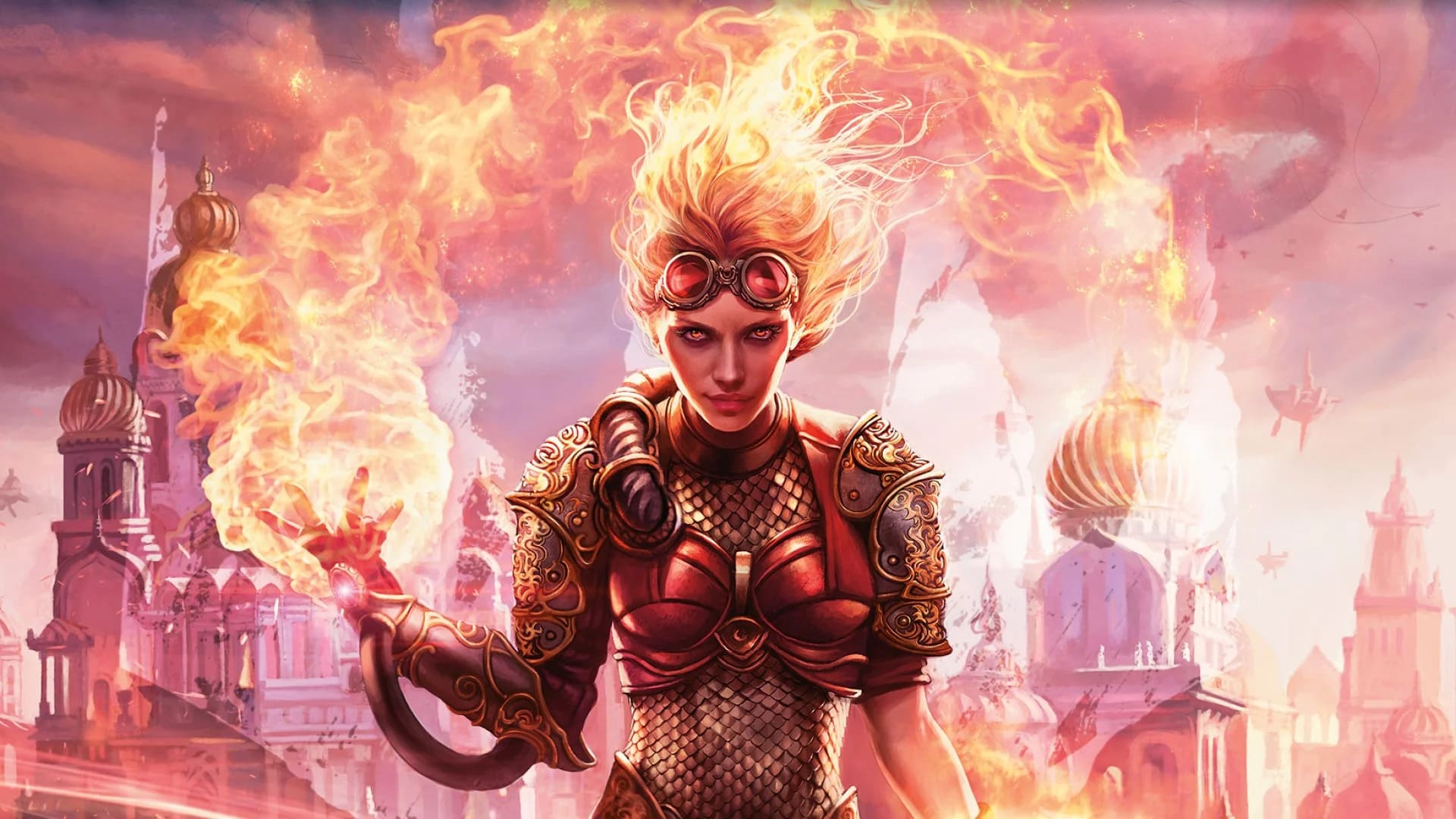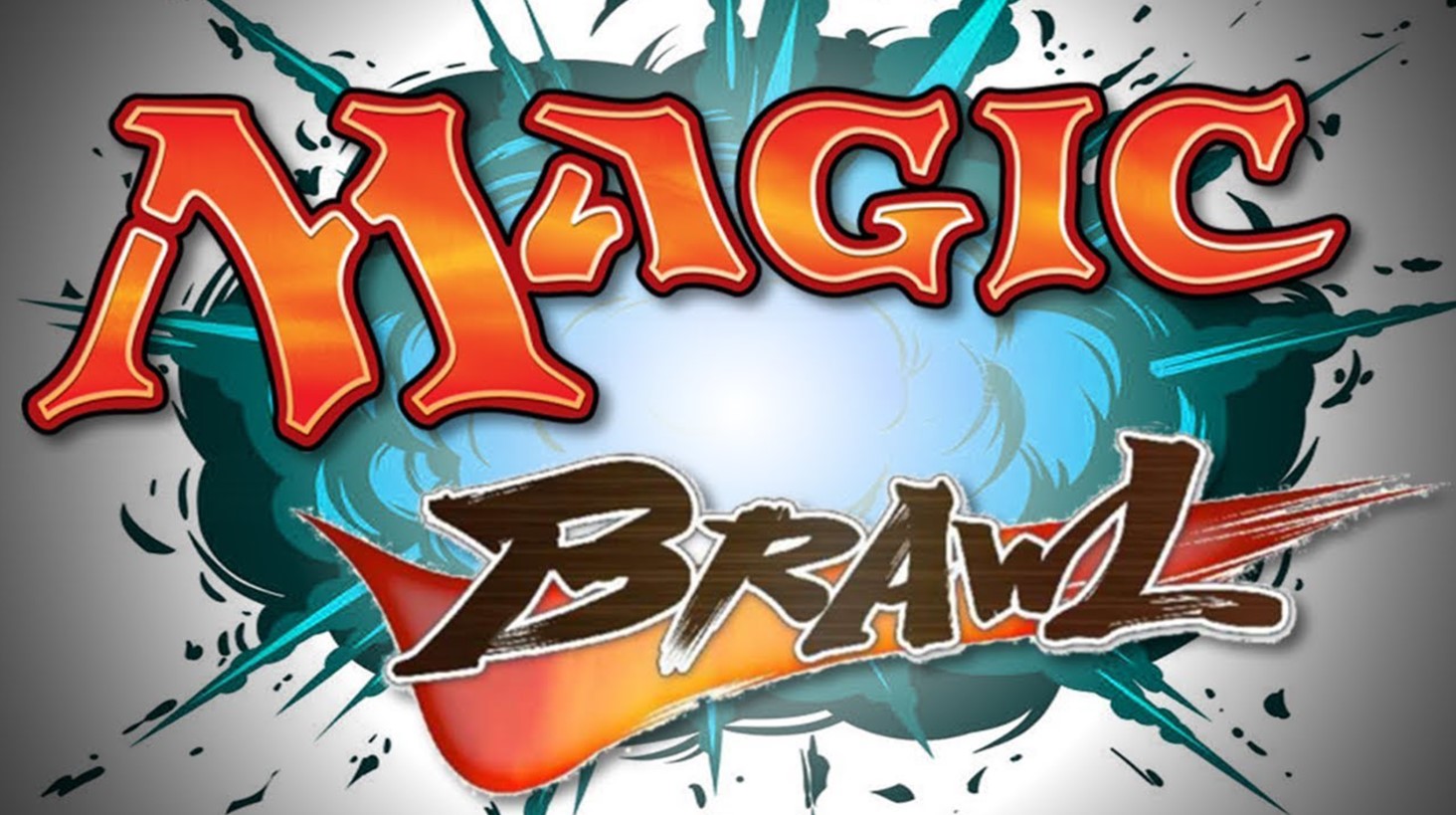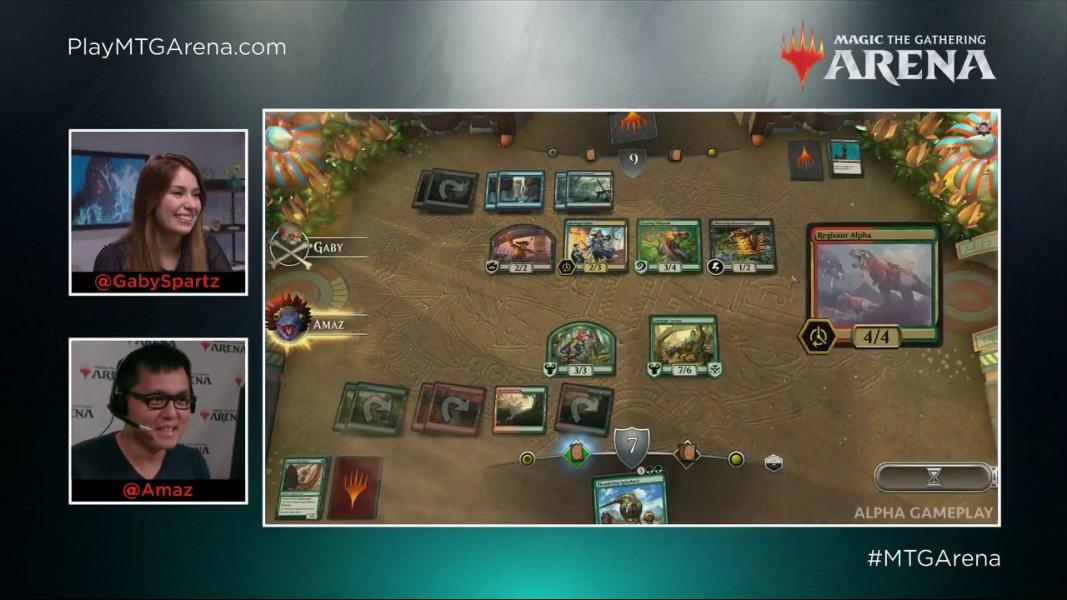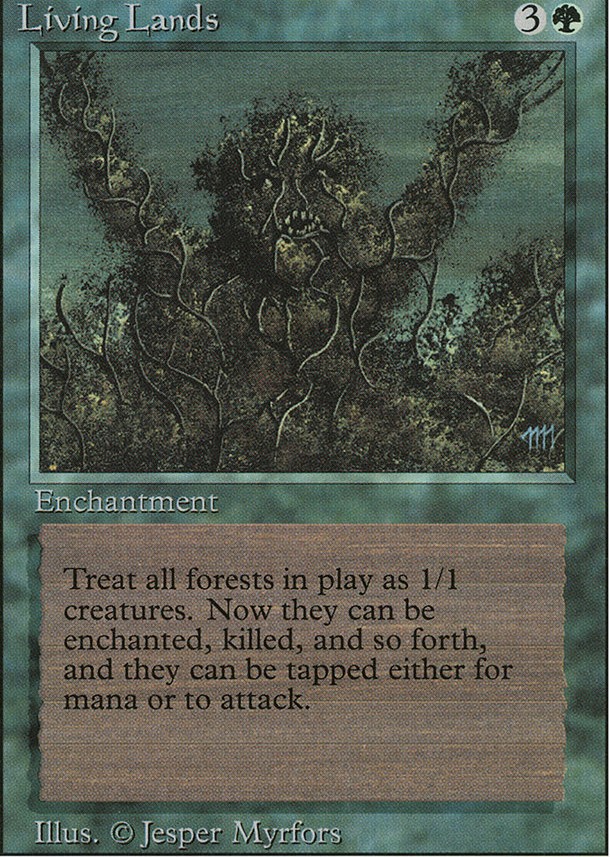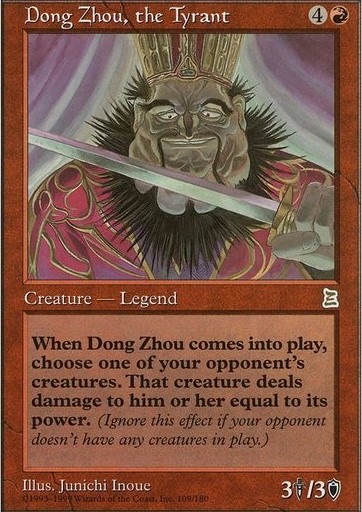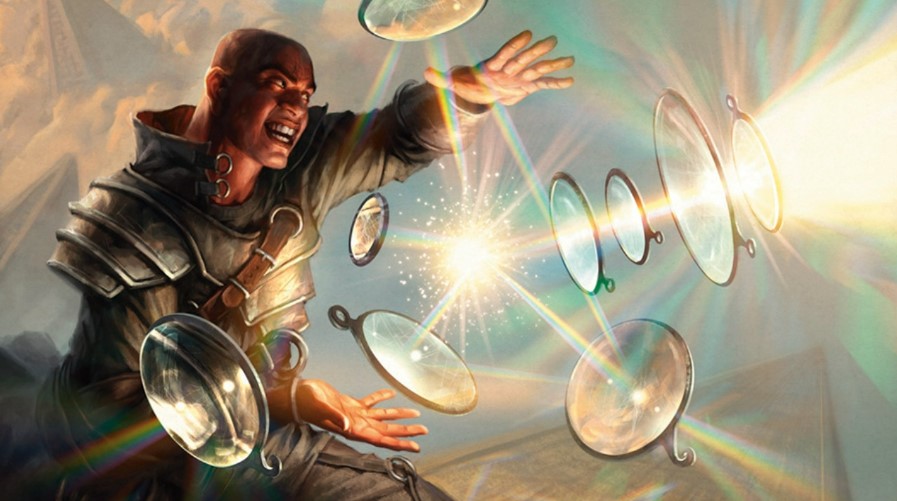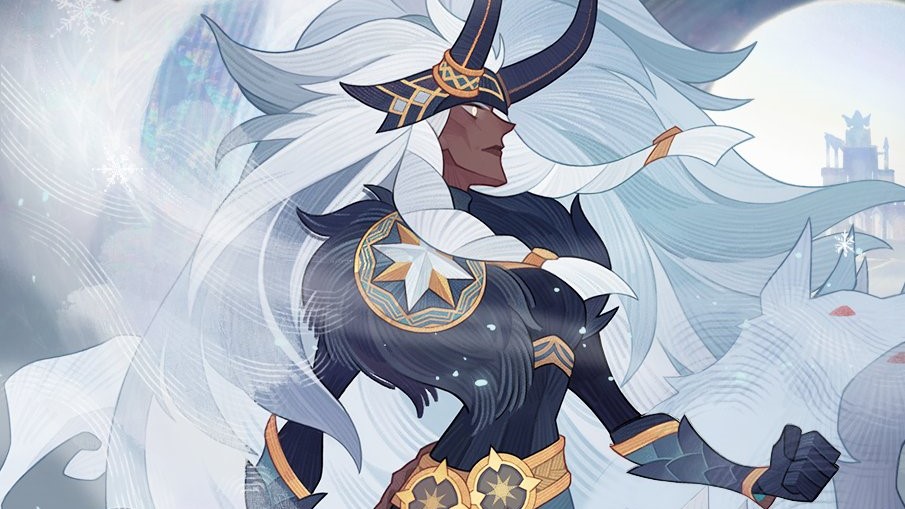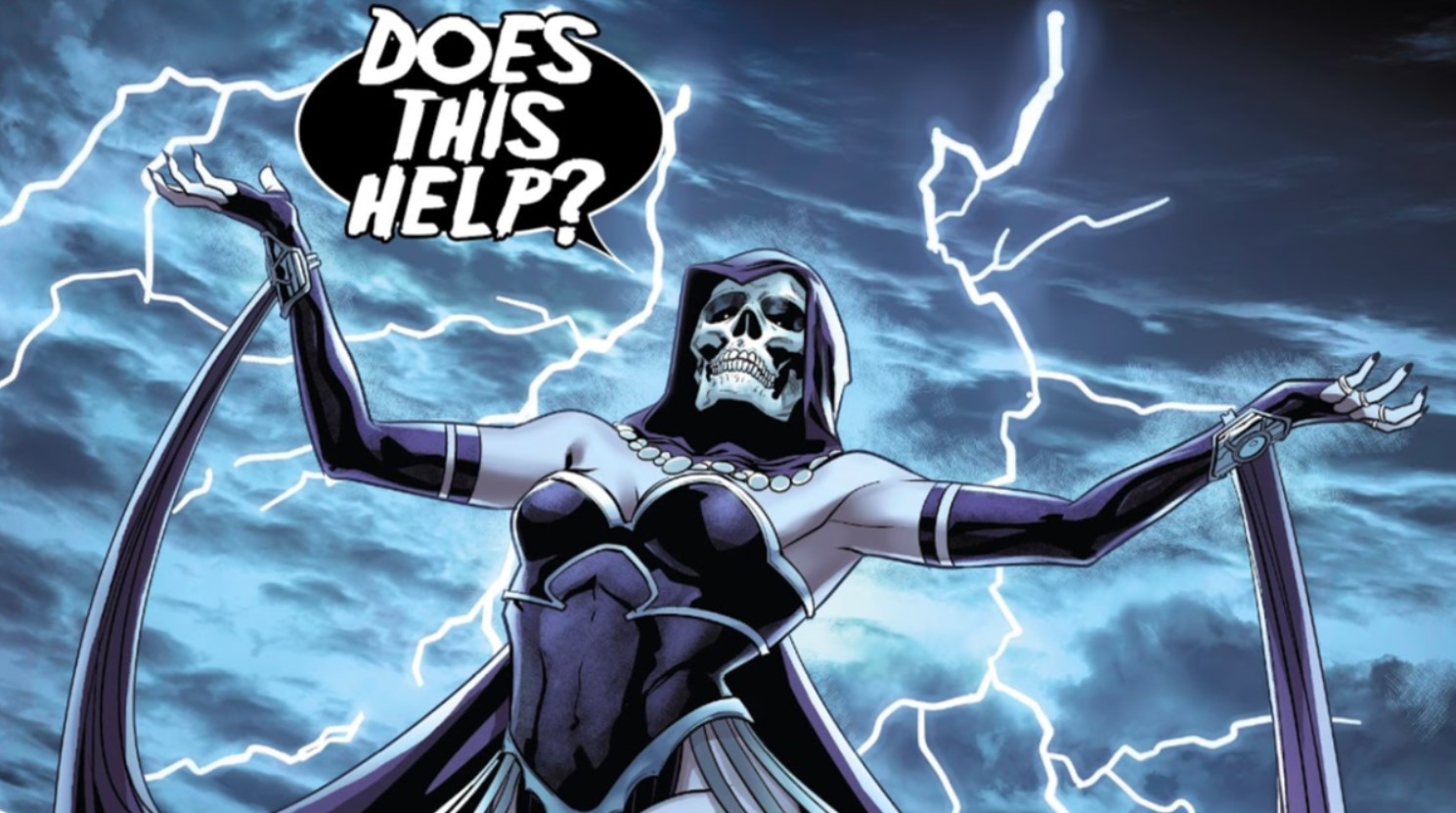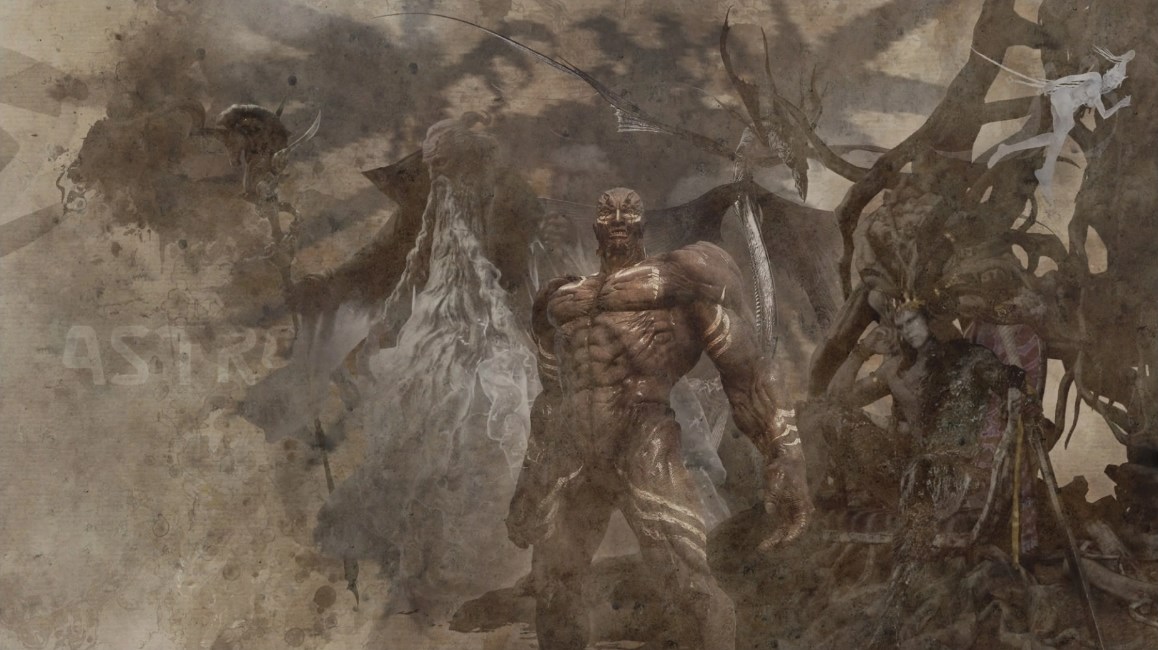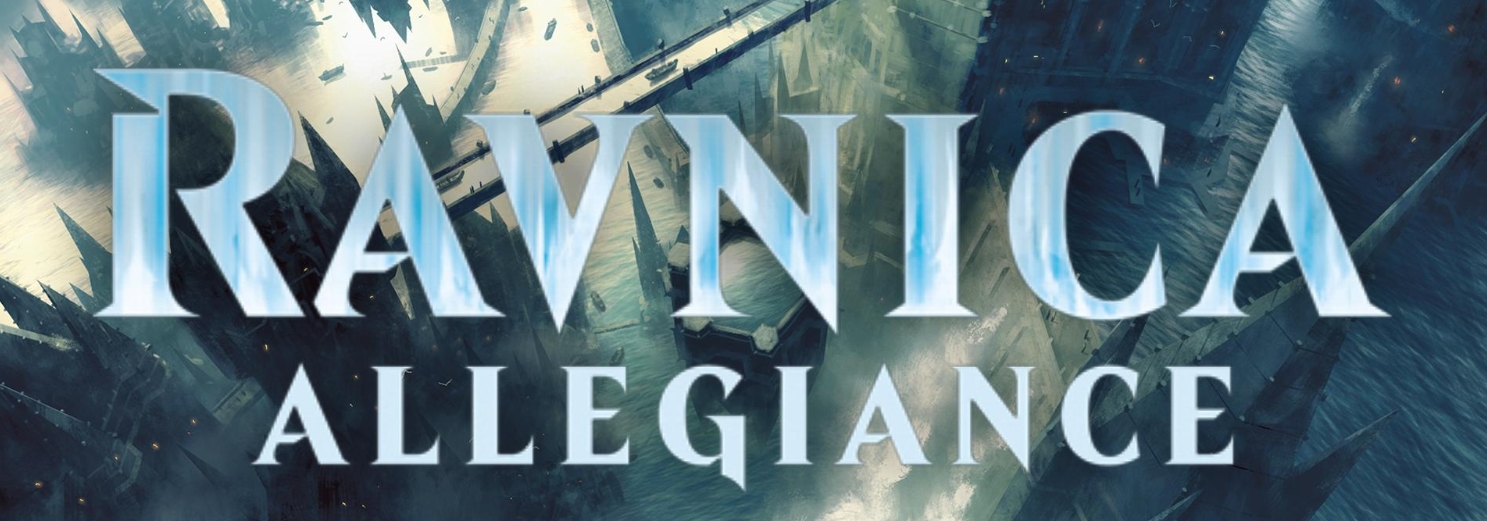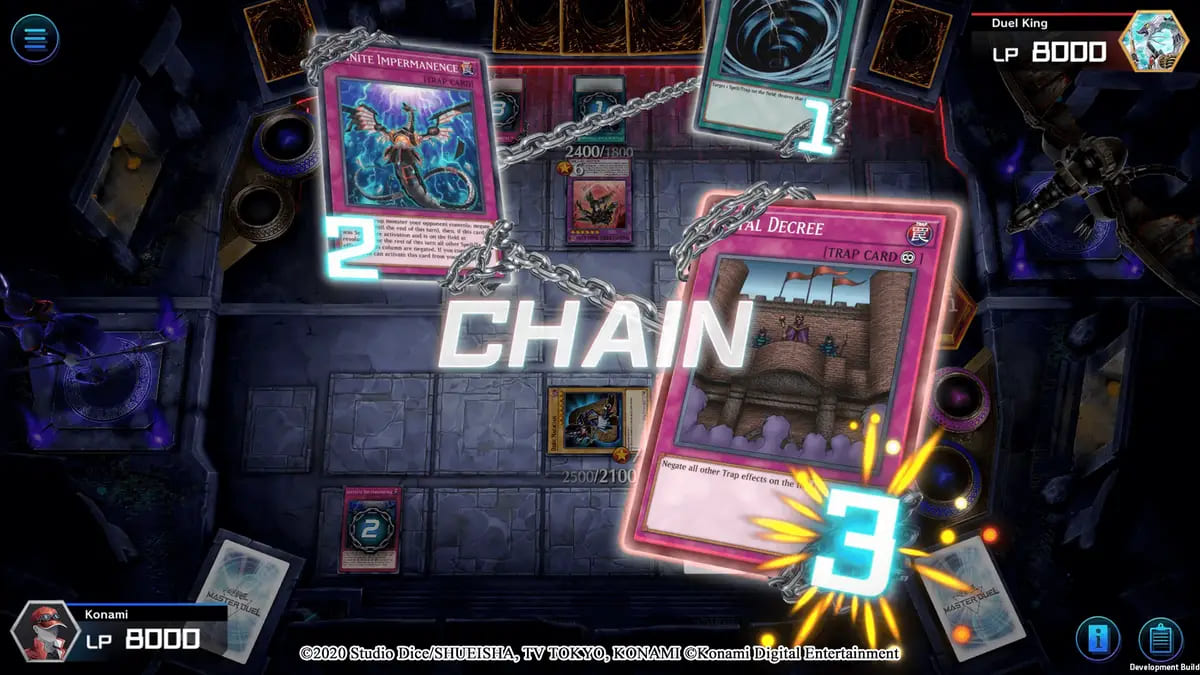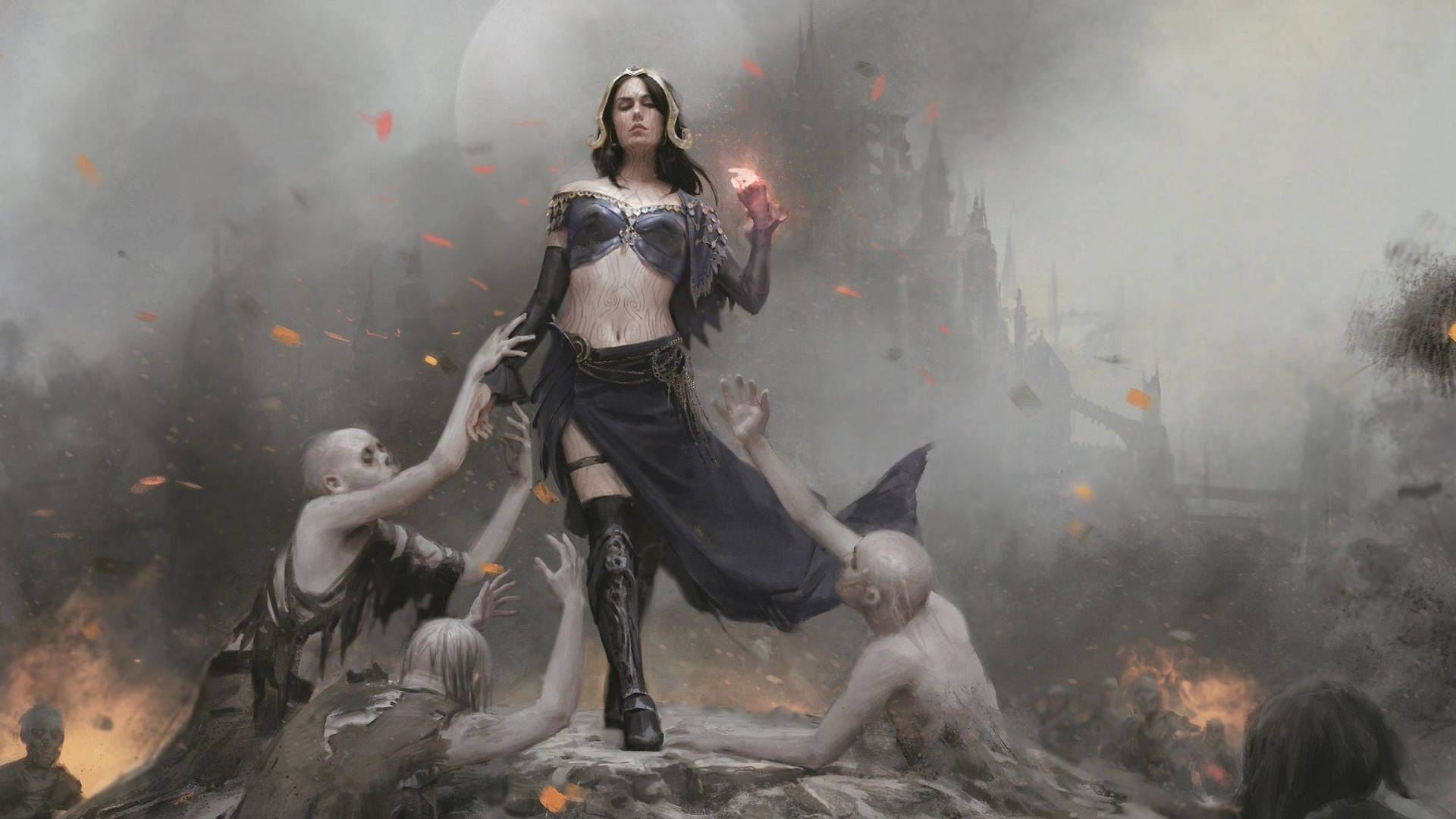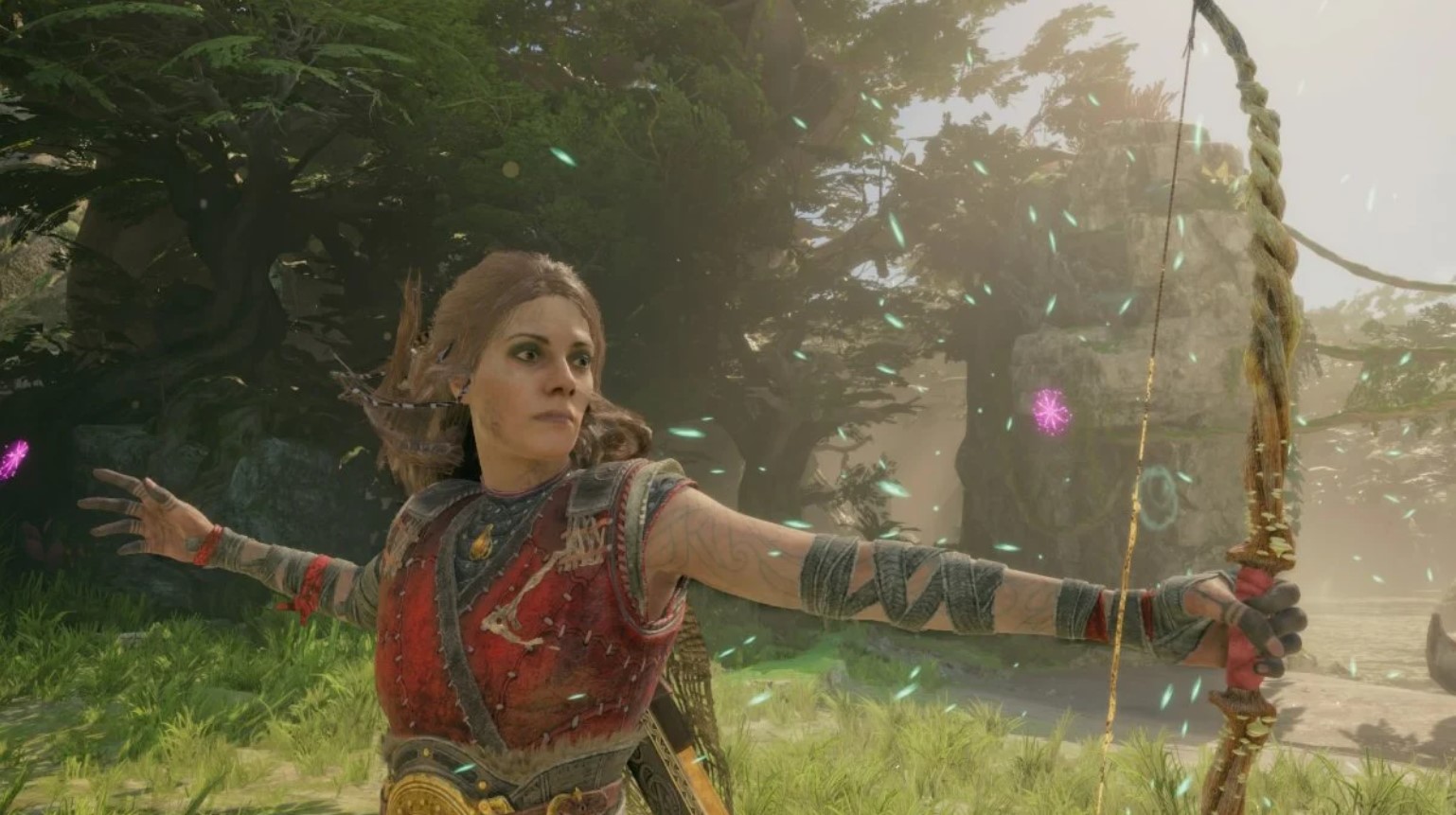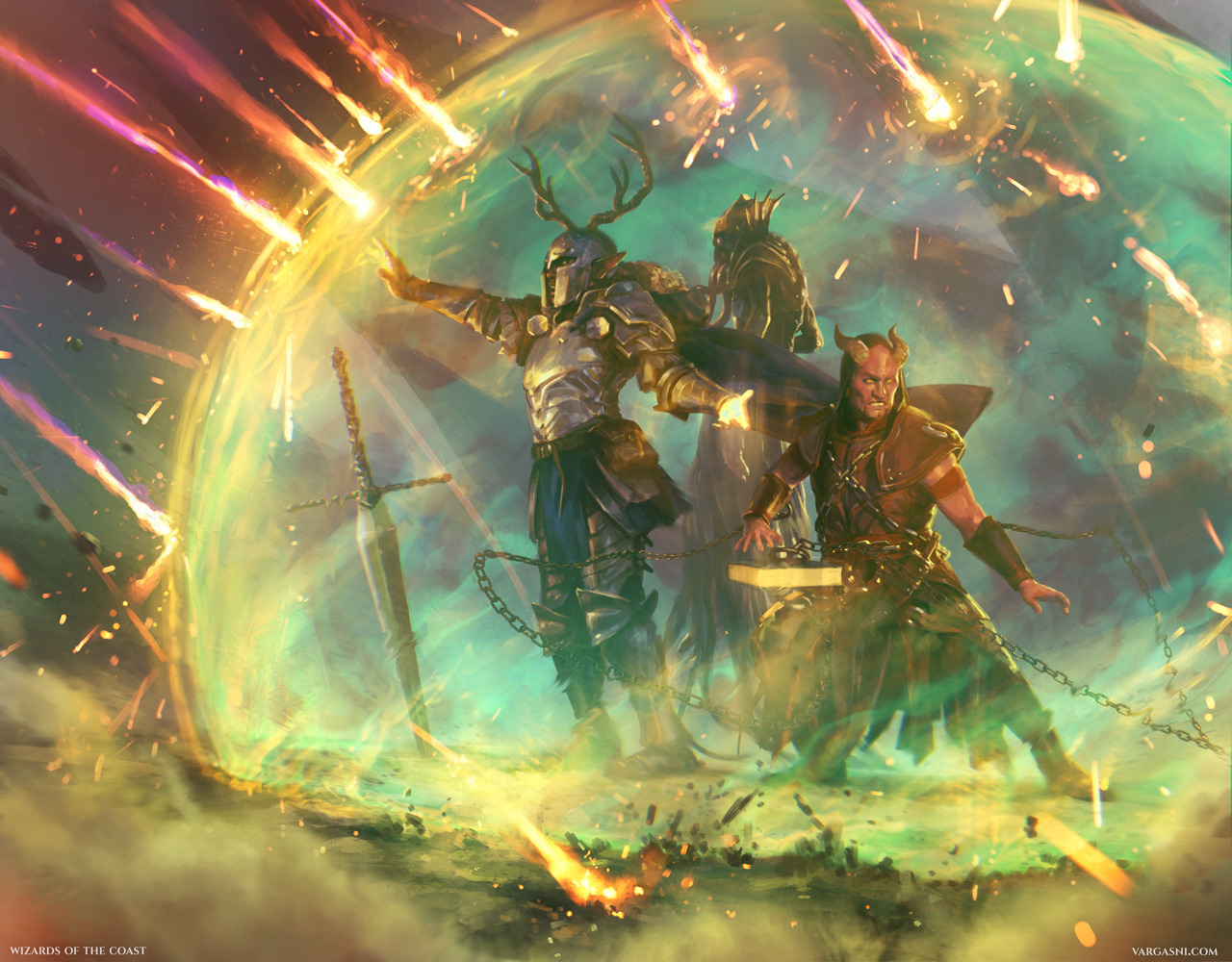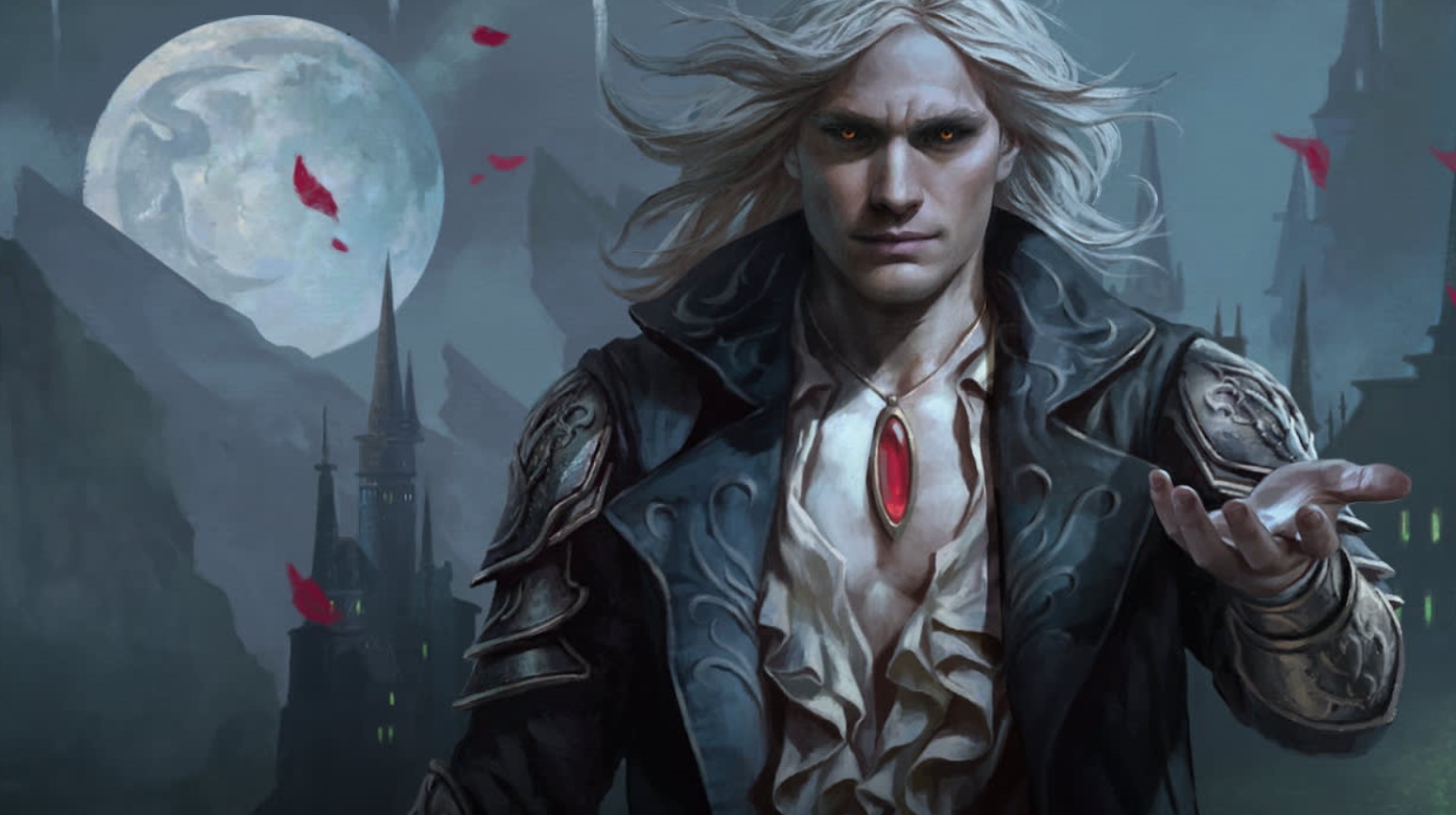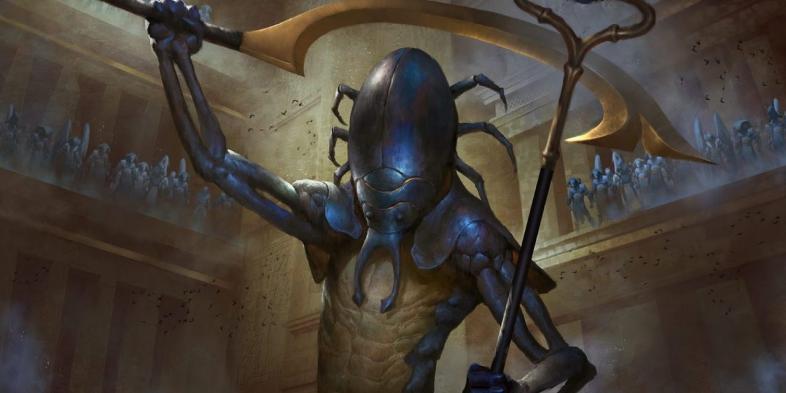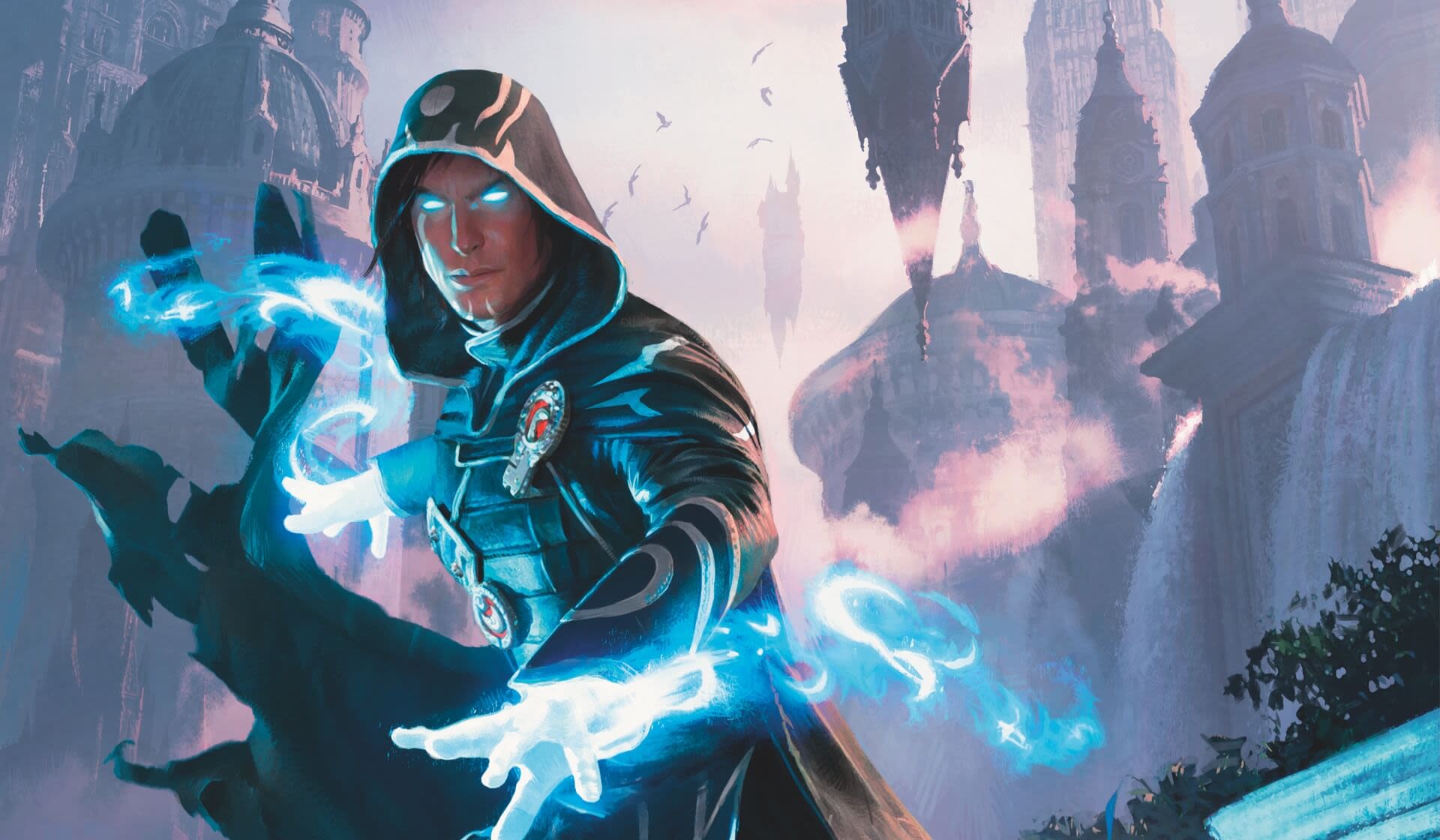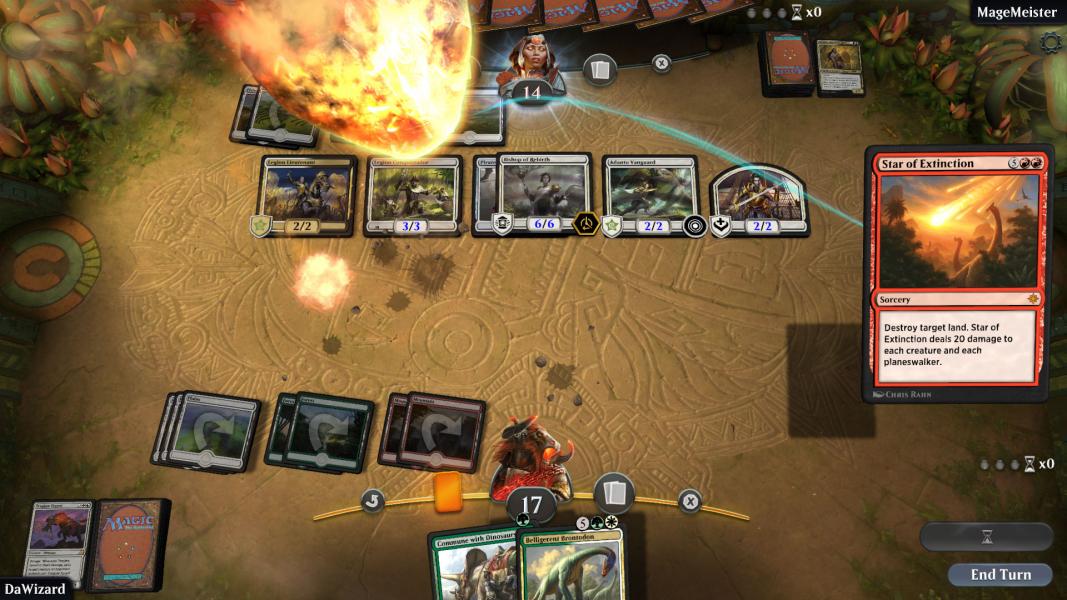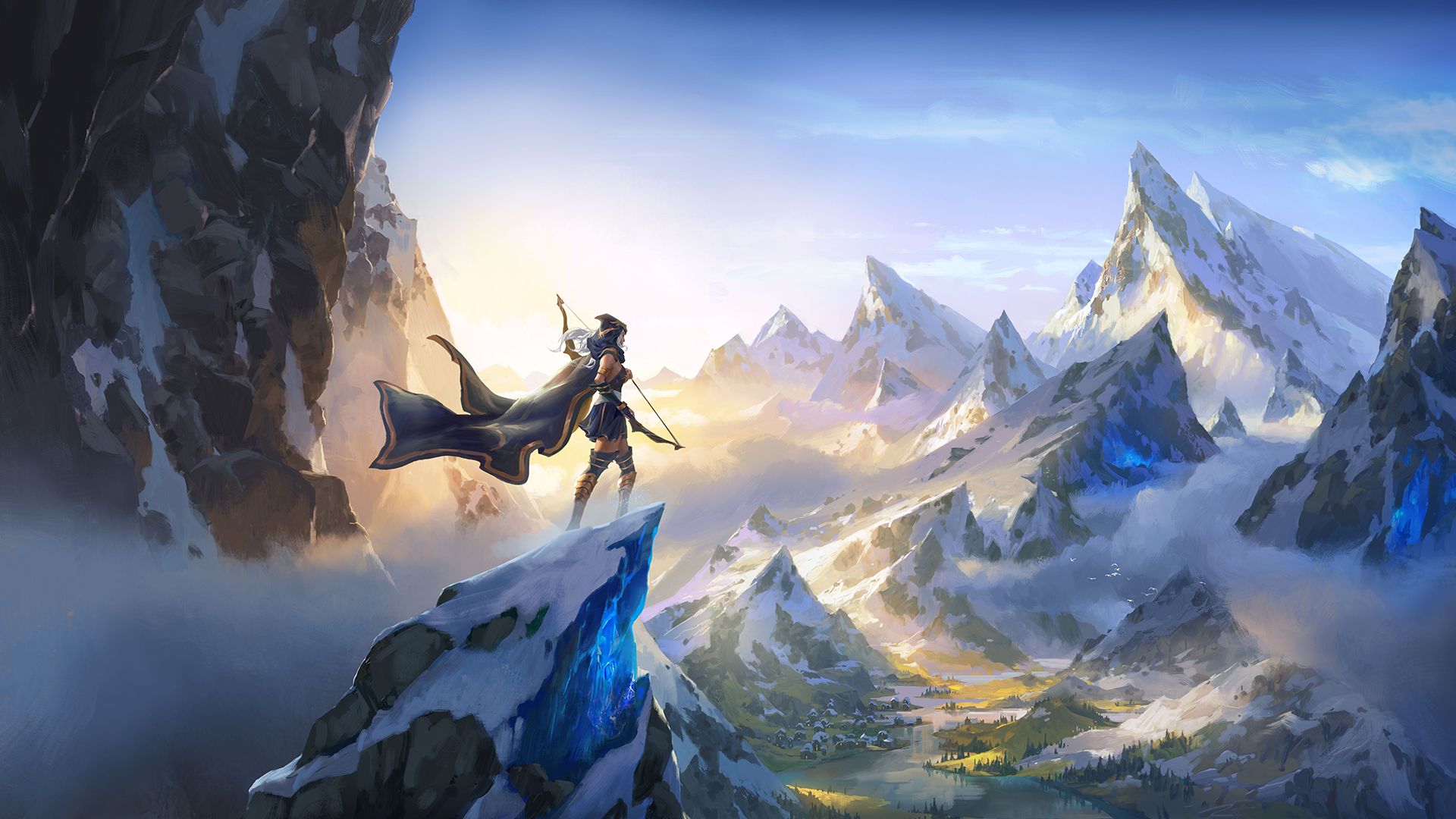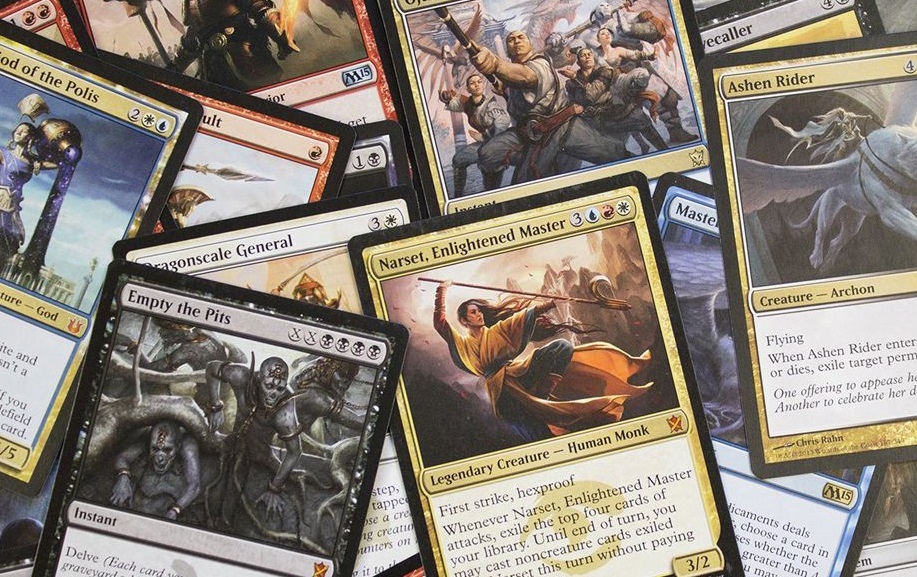
What are the best MTG Arena Decks for beginners?
When starting MTG: Arena, deck building can be overwhelming. In the following guide, I will discuss 10 decks that are optimal for beginners. It can be frustrating to get better in Arena, as you have to win to get more cards. Pick the starting deck most like the deck you want to play, and start from there. They have many one-ofs (single copies of a card) that will let you try out the gamut of options before you.
10. Blue/Black Control

The ability to deal with creatures and planeswalkers at instant speed gives you a lot of flexibility. The two life can help you stabalize against aggro and stall vs midrange. A lot of utility for one card.
Blue/Black Control Example List
Blue/Black Control offers unparalleled threat-solutions backed up by game-winning bombs. By devoting most of the deck to removal and acceleration, you draw more ways to deal with your opponent’s threats. Your plan is to protect yourself until your opponent is low on cards and then resolve your threat. This is probably the most ambitious of these decks to start with, as it is intricate and demands focus. It will, however, give you a crash course in everything you need to know to win.
This deck’s strength is the resilient and versatile game plan. It uses counterspells to answer problematic threats and often trades on the board at a rate of two- or three-for-one. The deck gains card advantage through recursion, sweepers, and repeatable effects. You drown your opponent in disruption. Your creatures are a formality, a way of ending a game you won a long time ago.
9. Blue/White Fliers
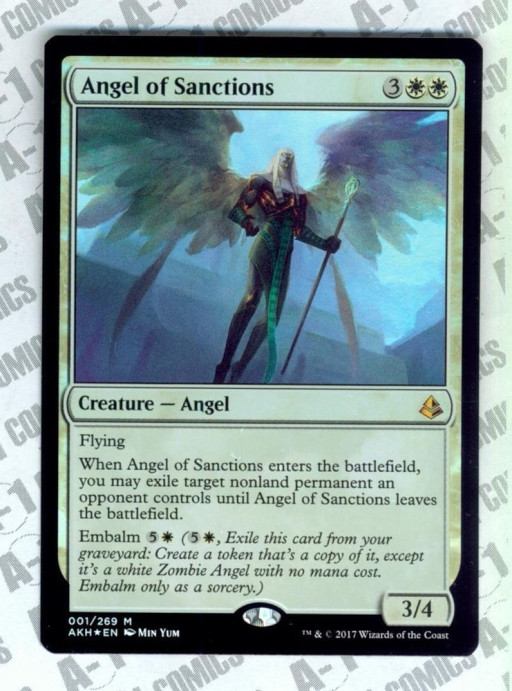
Five mana is cheap for a 3/4 flier that can deal with almost anything on the field. Embalm lets you do it again for a good price.
Blue/White Fliers Example List
Based on the Azorious Ascension preconstructed deck (precon), this deck is a great introduction to tempo strategies. You have a small band of strong, evasive creatures. The rest of the deck is built to protect those creatures and disrupt your opponent’s gameplan. You establish a threat and then go on the defensive, dealing damage whenever it is safe.
By protecting a single early threat, you are effectively keeping your opponent a turn behind you. As the game progresses your opponent has to choose between removing your threat and trying to establish a board presence. Counterspells and removal make it very hard for them to do that. As they struggle to choose, you slowly chip away at their life total, drawing card after card.
8. Green/White Aggro

This is great removal for a color that often lacks efficient answers for creatures through noncreature spells.
Green/White Aggro Example Decklist
You can build this deck in a number of ways, starting with Selesnya Pride. The deck uses a large number of creatures supplemented with some acceleration and removal. These creatures tend to me efficient threats that can close the game out quickly in small numbers. Green and white both have a number of removal options available for every card as long as it’s on the board.
What makes this deck so good for beginners is the simple game plan. You play creatures and you attack with them. If bigger creatures get in your way you remove them with cards like Cast Out and Cartouche of Strength. This strategy is resilient, particularly if you choose to include Embalm creatures. The deck is vulnerable to board wipes, but if you are careful you can ignore them through sheer volume of threats.
7. Blue/Green Ramp
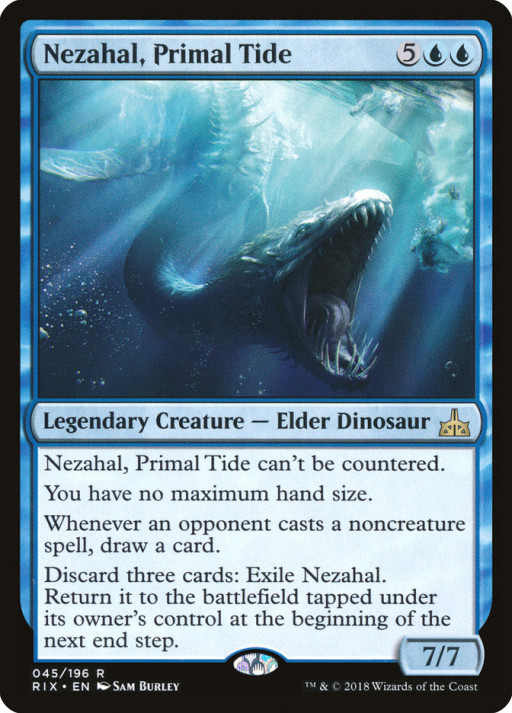
Nazahl is an optimal finisher for control. It is evasive and it let's you go card for card with your opponent's answers. With no maximum handsize you can protect Nazahl with ease.
Blue/Green Ramp Example Decklist
Ramp decks try to invest in their own mana so that they can play threats turns early. While neither a combo nor control deck, these builds often feel like the intersection between the two. They tend to play mana dorks and other small creatures for utility and defense. The ramp targets are generally six or more mana and are extremely potent. Land synergies are advantageous in these strategies, allowing you to gain incidental value on your increased mass of lands.
U/G ramp has strength in consistency. Blue and green offer you card draw and life-gain that brings you into the mid-game. Once there you can either wipe the board or start playing late-game creatures before your opponent could hope to catch up. This two-part gameplan of growing & going is a great way for players to practice more intricate strategies that require sequencing. Additionally, this is a strategy that often “lucks” into winning from positioning.
6. Pirates

Tribal decks have proven again and again that tutors on legs are efficient enough. The second ability will take a chunk out of their life total if not dealt with swiftly.
Tribal strategies are great for beginners, with obvious synergies and strategy. The pirate decks on Arena are derived from Ixalan and can take on one of two roles in three colors. They range from R/B aggro strategies to U/B/r tempo builds, all offering their own advantages and disadvantages. This particular aggro list looks to swarm the board with vicious pirates to kill your opponent before they have a say. You start by deploying cheap threats and assessing as time goes on.
The main advantage of this deck is the exceptionally low curve, with as many one-drops (creatures that cost one mana) as anything else. You can do a lot of damage before your opponent can go wide or wipe the board. It’s hard to remove all of these threats efficiently, so something will stick. Kitesail Freebooter, and Direfleet Poisoner help you deal with problem cards in your mid game. Your three drops, particularly Forerunner of the Coalition, draw you cards and help you deal those extra points of damage before things get dicey.
5. Red/Green Dinosaurs
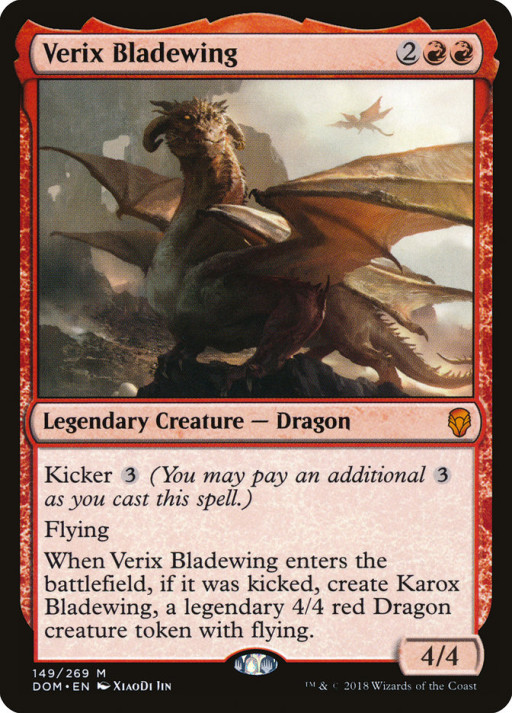
Verix Bladewing is a formiddable threat at four mana that helps you dominate late game through air superiority.
Red/Green Dinosaurs Example Decklist
R/G Dinosaurs is a midrange deck on the aggro side of the spectrum. It plays a full curve of efficient threats ending in gargantuan creatures. By playing powerful threats at every stage of the game this deck aims to outclass the competition through focus. These decks are usually light on dedicated removal, opting instead for creatures with enter-the-battlefield (etb) effects.
This deck’s biggest strength comes from its literal strength. It comfortably plays utility three drops like Rhonas the Indomitable that help you establish a bigger board while offering evasion. It builds towards playing evasive, problematic threats at four and five mana. These threats often serve as a way of slowing down your opponent while doing damage, all in preparation for a monstrous dinosaur to close out the game.
4. Vampires
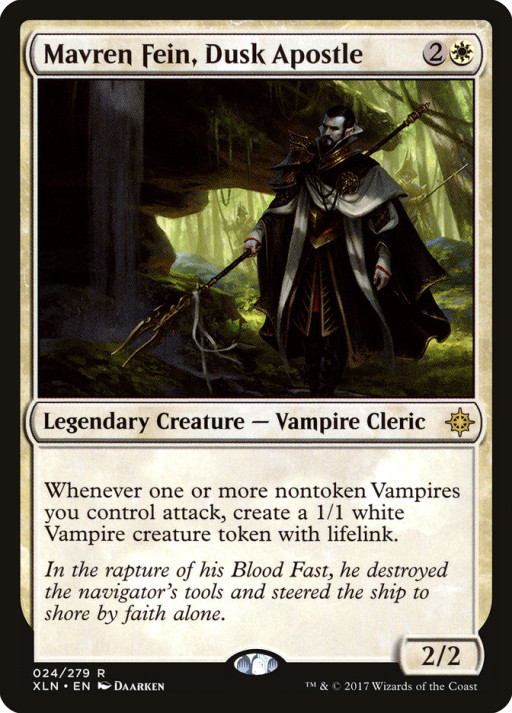
At worst you're gaining life and blocking. At best you're overwhelming them on the board and running out of reach.
Black/White Vampires is one of the best strategies available due to versatility. These strategies often involve a number of low-costed aggressors followed by a number of higher-costed lords and powerhouse creatures. Token generation and team buffs overwhelm your opponent. Black and white have the best removal suite available, making it easy to protect yourself.
Your early game plays well into your late game in a strategy like this. Your threats are more or less at parity with their peers at low costs but offer significant upside as soon as you play another creature. Legion’s Landing, Forerunner of the Legion, and Elanda the Dusk Rose all help to make a huge army of vampires. Legion Lieutenant, Radiant Destiny, and Sanctum Seeker all take those vampires and increase their value substantially. This build creates a synergistic network of cards that will help you break through any board stall.
3. Merfolk
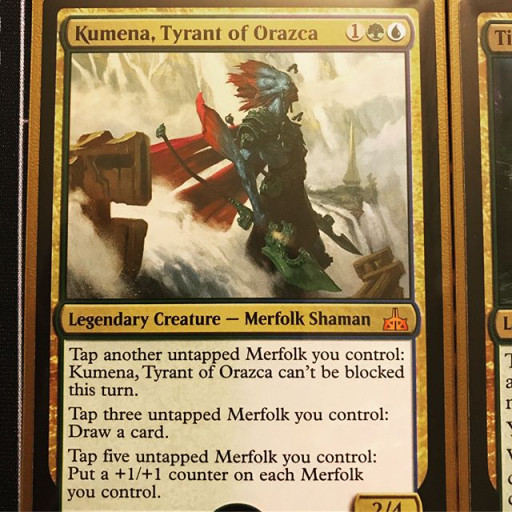
Kumena give you options. Break through standstills, draw cards with blockers or pump your team.
Blue/Green Merfolk Aggro is amongst the easiest and most effective decks to pilot. It uses a lot of cheap, evasive creatures to build up to bigger and better things. You draw additional cards, play small threats and build them up. In the late game, you end up drawing multiple cards a turn and playing threat-after-threat to overwhelm your opponent while keeping protective options open.
The best part of this deck is how constantly it applies pressure. Merfolk Mistbinder and Kumena, Tyrant of Orazca can both make any of your cheap or evasive threats a powerhouse. Curious Obsession, Silvergil Adept and Kumena, Tyrant of Orazca all keep your hand full of new threats and answers. The rest of your creatures are well-costed and can come down in throngs if need be. You only need a few creatures to win, but you have dozens available.
2. Red/White Aggro
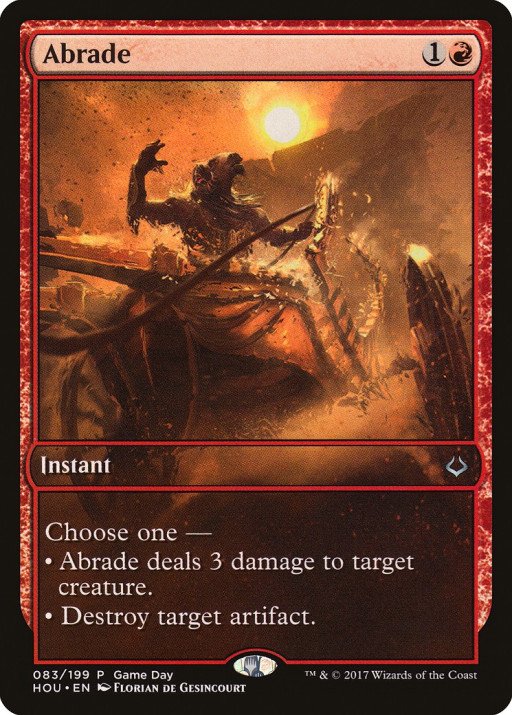
Being able to deal with any problematic artifact for no deckbuilding coast is a boon in a format with no sideboards.
Red/White Aggro Example Decklist
Hipsters of the Coast is right on the money with their suggested alterations to the Boros Assault precon. If you are a beginner this is a great place to start, as the deck is both linear and versatile. The plan is to reduce their life total as quickly as possible with very cheap, aggressive threats. Close out the game with a devastating curve-topper once your opponent is low enough on life. Between white removal and red burn, you should have enough answers to deal with anything and still hold a little reach.
This deck tries to be so fast that the competition is dead before they have much opportunity to grow. It is an unforgiving deck to play against, as it often punishes a dearth of removal in a starting hand. While vulnerable to board wipes, the higher end of the curve and your reach helps you circumvent your opponent’s attempts to answer you. Ideally, you have them so low by turn four that it doesn’t matter what they do.
1. Red Deck Wins

Hazoret is the perfect curvetopper for RDW. He gives you a lot of reach through his power and discard abilities.
Red Deck Wins Example Decklist
Red Deck Wins is the deck to start with if you can choose. As the old adage goes, it’s very easy to learn and extremely difficult to master. It has more one drops than anything else, both to fuel an early game assault and provide late-game fuel. Your removal is cheap and effective, allowing you to clear the way or burn out your foe. The top of your curve is there to provide the last points of damage needed to close out the game.
A fifth of your deck’s spells can be played on turn one or discarded to Hazoret the Fervent for reach. Your two and three drops all deal damage while helping you make early attacks. Your turns four + will be spent trying to do a few more points of damage. The pressure doesn’t stop until someone has lost.
You may also be interested in:


